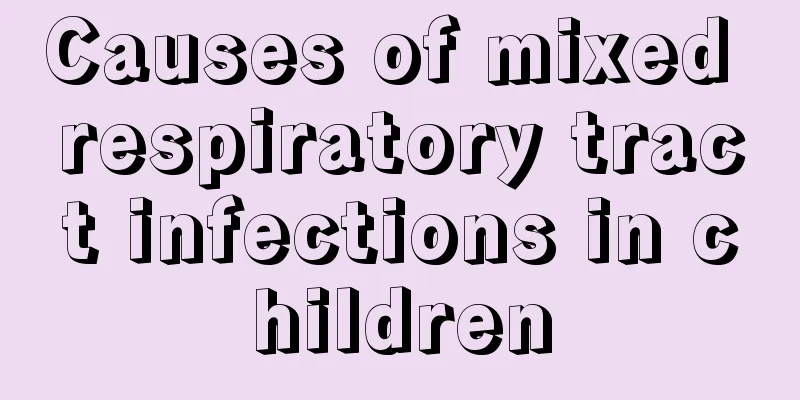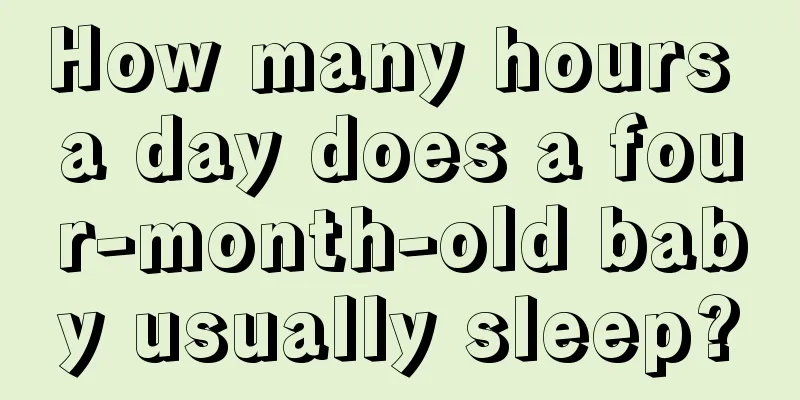Post-polio syndrome

|
Children are likely to develop various diseases as they grow up, and the occurrence of some diseases may endanger a child's life, such as polio. Polio itself is very harmful to children, and it is easy to cause sequelae after treatment. Once the sequelae of polio appear, it means that the child will be troubled by the disease for the rest of his life. The reason why the sequelae of polio are so terrible is that it directly affects the limb activities of the children, and some even affect the local brain development of the children, making it impossible for the children to take care of themselves. In order to minimize the harm caused by the sequelae of polio, parents must help their children with rehabilitation training on a regular basis. Rehabilitation training is best carried out under the guidance of a doctor. Generally speaking, the following points should be noted: 1. Training should be done step by step and not too hasty. The number of activities increases from little to many, the range of joint movement increases from small to large, and the force used increases from light to heavy. Only by gradually increasing the amount of training can good results be achieved. 2. No training should cause obvious pain. Sometimes training may cause slight pain, but the pain should disappear after you stop the activity. If severe pain occurs during training and does not go away after resting, it is often a signal for manipulation and training should be stopped. If you experience severe pain after training or even swelling in your lower limbs, it indicates excessive exercise and you should temporarily stop training. 3. You should not feel tired during training. If you feel tired, you should rest for 5-10 minutes before training again to avoid injury from overexertion. 4. Master the appropriate training scale, quantity and method. If the training volume is not enough, there will be no obvious effect; excessive training can cause limb damage, such as muscle strain, joint swelling, fracture and dislocation, etc. Therefore, we must grasp this scale and the training volume should be appropriate. The above are the methods of rehabilitation training for sequelae of polio, as well as the matters that need to be paid attention to during rehabilitation training. Parents and friends must pay attention to this, be patient with the training of the sick children, believe that the children’s symptoms will definitely improve through these trainings, and encourage the children, so as to help the children complete these rehabilitation trainings. |
<<: What to do if children have toothache
>>: What to do if your child has a bad temper
Recommend
What should I do if my child has rhinitis?
When a child is affected by rhinitis, it is also ...
Precautions and treatment methods for allergic asthma in children
As China's economy becomes more and more deve...
What are the characteristics of infantile autism?
As the name suggests, infantile autism is a menta...
What are the complete lunch recipes for children?
Children grow very fast, and if they do not get e...
What to do if your four-year-old baby has bad breath
For people with bad breath, it is not only embarr...
What fruits should children with tracheitis eat?
Bronchitis is a very common disease, especially f...
Why does the baby hiccup when laughing?
For little babies, they are curious about everyth...
Why is my baby’s hands shaking? These may be the reasons!
Many parents will find that their babies have han...
Is it serious if a child has occult blood?
Children's occult blood 10 is a result that m...
What is the treatment for urticaria in children?
Although childhood urticaria is not a serious dis...
Why is the child so thin?
Many parents will find that their children usuall...
What to do if your child vomits milk
Vomiting up milk is a common problem for infants ...
What to do if baby has eczema on genitals
The skin of a newborn baby is still very fragile....
Occult blood in children's urine?
If a child has occult blood in his urine and has ...
How to educate a three-year-old boy
Nowadays, parents pay special attention to their ...









